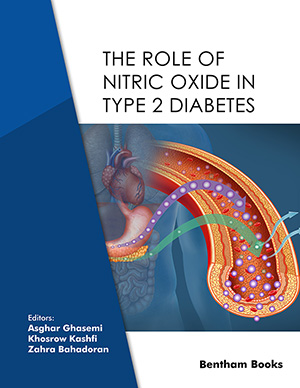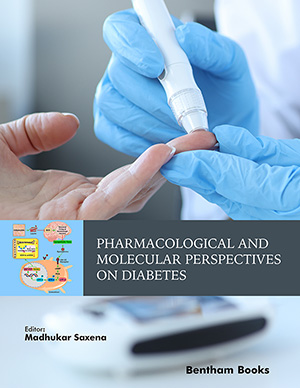
Abstract
Type 2 diabetes mellitus is a chronic metabolic disorder that results from defects in both insulin secretion and insulin action. Type 2 diabetic individuals are also characterized by reduced β-cell mass likely due to increased cellular apoptosis. Traditional strategies to treat diabetes have been developed with the main purpose of reducing hyperglycemia, and include insulin sensitizers, α-glucosidase inhibitors, and β-cell secretagogues. However, available drugs do not fully correct the phenotypic abnormalities in diabetes (e.g., insulin resistance, insulin deficiency) and have limited tolerability. Additionally, several available therapies are associated with weight gain or enhanced risk of hypoglycemia. Thus, newer approaches are urgently required. Particular emphasis should be placed on developing pharmacological interventions that are dependent on physiological responses and adequately target underlying defects, such as obesity, insulin resistance, increased glucose output from the liver, secretory dysfunction, or apoptosis of the β-cell. Individual phenotypic and genetic characterization of the diabetic patients will allow to define more and more personalized and effective algorithms for the treatment of hyperglycemia.
Keywords: Hyperglycemia, insulin resistance, insulin deficiency, diabetes therapy, metformin, PPARγ agonists, sulphonylurea
 3
3









